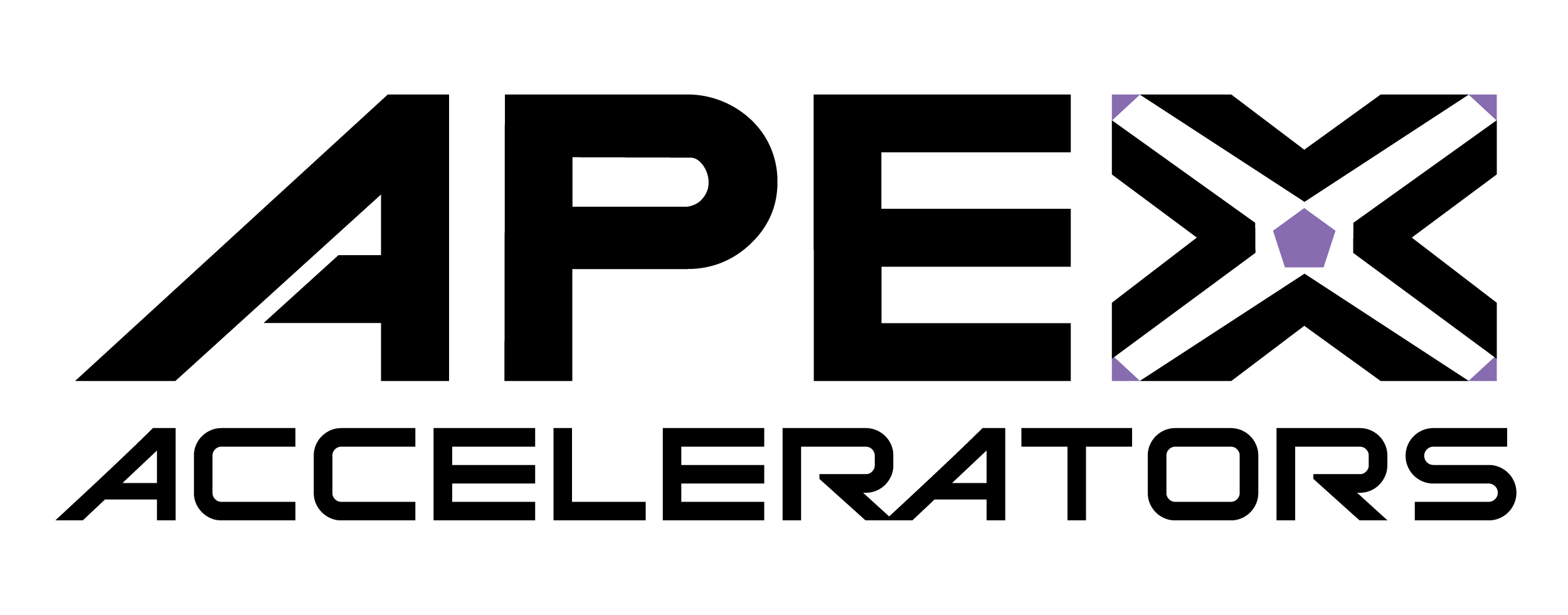C-5 Horizontal Stabilizer Dollies
Note: There have been new actions to this contract opportunity. To view the most recent action, please click here.
Looking for contract opportunity help?
APEX Accelerators are an official government contracting resource for small businesses. Find your local APEX Accelerator (opens in new window) for free government expertise related to contract opportunities.
APEX Accelerators are funded in part through a cooperative agreement with the Department of Defense.
The APEX Accelerators program was formerly known as the Procurement Technical Assistance Program (opens in new window) (PTAP).
General Information
- Contract Opportunity Type: Combined Synopsis/Solicitation (Updated)
- Updated Published Date: Dec 23, 2022 01:58 pm EST
- Original Published Date: Dec 23, 2022 01:49 pm EST
- Updated Date Offers Due: Jan 11, 2023 12:00 pm EST
- Original Date Offers Due: Jan 11, 2023 12:00 pm EST
- Inactive Policy: Manual
- Updated Inactive Date: Jan 17, 2023
- Original Inactive Date: Jan 17, 2023
- Initiative:
- None
Classification
- Original Set Aside:
- Product Service Code: 3990 - MISCELLANEOUS MATERIALS HANDLING EQUIPMENT
- NAICS Code:
- 333924 - Industrial Truck, Tractor, Trailer, and Stacker Machinery Manufacturing
- Place of Performance: Warner Robins , GA 31098USA
Description
This 100% Small Business Set-Aside acquisition is a competitive, commercial supply acquisition for C-5 Horizontal Stabilizer Dollies.
The Contractor shall provide all materials, parts, labor and shipping of C-5 Horizontal Stabilizer Dollies to the 402d Aircraft Maintenance Group (AMXG) at Robins Air Force Base (AFB), Georgia in accordance with the drawings and all supporting documents for the dollies.
Attachments/Links
Contact Information
Contracting Office Address
- CP 478 926 7509 235 PERRY ST BLDG 255
- ROBINS AFB , GA 31098-1672
- USA
Primary Point of Contact
- Phillip Richardson
- phillip.richardson.2@us.af.mil
Secondary Point of Contact
- Valerie Evans
- valerie.evans.1@us.af.mil
History
- Feb 03, 2023 03:28 pm ESTCombined Synopsis/Solicitation (Updated)
- Feb 03, 2023 03:27 pm ESTCombined Synopsis/Solicitation (Updated)
- Feb 03, 2023 03:25 pm ESTCombined Synopsis/Solicitation (Updated)
- Jan 17, 2023 11:58 pm ESTCombined Synopsis/Solicitation (Updated)
- Jan 05, 2023 03:18 pm ESTCombined Synopsis/Solicitation (Updated)
- Jan 04, 2023 01:01 pm ESTCombined Synopsis/Solicitation (Updated)
- Dec 23, 2022 01:58 pm ESTCombined Synopsis/Solicitation (Updated)
- Dec 23, 2022 01:49 pm ESTCombined Synopsis/Solicitation (Original)


